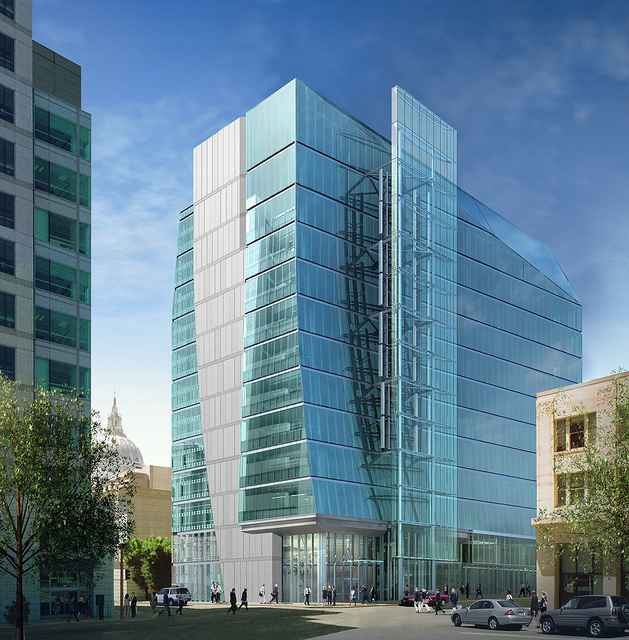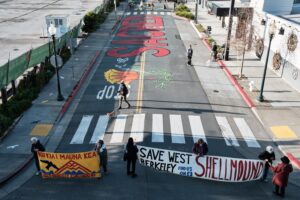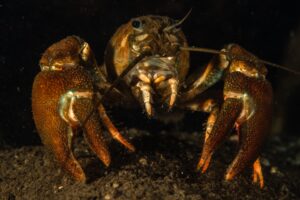The San Francisco Public Utility Commission recently opened a new headquarters in downtown San Francisco that it’s touting as the “greenest building in America.”
The building has all the flashy features of green architecture: vertical wind turbines, solar panels, exterior venetian blinds, and a tapestry comprised of 15,000 five square inch polycarbonate panels that flutter and shimmer in the wind.
But below ground and out of public view is one the building’s most overlooked features. A million-dollar wastewater recycling apparatus is dropping the 13-story building’s water consumption down 60 percent, compared to similarly sized buildings, by mimicking the way wetlands filter contaminants from water.
“It is truly a living building,” says SFPUC’s spokesperson Tyrone Jue.
The artificial wetlands — trademarked as the “Living Machine” — recycle 5,000 gallons of water a day, thereby lowering per capita water usage from 12 gallons down to 2. Wastewater flows through a series of wetland cells — tanks with gravel — that flood and drain periodically throughout the day. The process works very much like fast moving tides; there are, in fact, 18 “tides” a day at SFPUC headquarters. According to the Virginia-based Living Machine company website: “the system turbo-charges nature’s own processes.”
The tides work together with the specially-engineered gravel to create a similar type of micro-ecosystem found in wetlands. Tank-dwelling microorganisms purify contaminants from the building’s wastewater, allowing it to be reused for toilet flushing and irrigation. As a safeguard, the effluent is also disinfected with chlorine and ultraviolet light in a “polishing pond,” located directly below some scraggly ferns in the building’s lobby.
The system takes a bit of pressure off the city’s centralized sewage system and ultimately reduces the amount of wastewater that reaches the San Francisco Bay. For the SFPUC, which runs the city’s sewage system, that’s added incentive to replicate on-site wastewater systems elsewhere in the city. It appears that the commission has worked out some of the kinks in the city’s approval process, and may serve as a model for others to follow.
In June, San Francisco board of supervisors President David Chiu introduced a bill (called the Non Potable Ordinance) to streamline approvals of new wastewater systems. And the SFPUC is making financing possible by offering commercial and residential developers grants of up to $250,000 for on-site wastewater recycling systems.
But is a million-dollar system, such as the Living Machine, worth it to reuse toilet water? And, equally important, is this pricey technology appropriate for developments working within more modest budgets?
“The Living Machine is very cost-effective and very feasible for just about any type of development,” said Will Kirksey, Living Machine’s global development officer.
Kirksey said the company recently installed one at an affordable housing development on San Juan island in Washington. He explained that the price tag for SFPUC’s Machine was higher due to the difficulties of installing it in a very urban setting.
Jue admitted that for the Commission, “this will never cancel out from a return on investment standpoint.”
But in part that’s because water is priced so low. The average San Franciscan uses more than 100 gallons a day and pays a fraction of a penny for a gallon. But the Bay Area’s water resources may not always be as generous, at which point artificial wetlands might seem as necessary as the real ones.
The SF PUC is giving public tours of its new headquarters.
Alicia Freese is a Bay Nature editorial intern.





